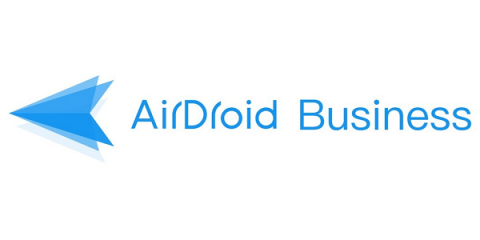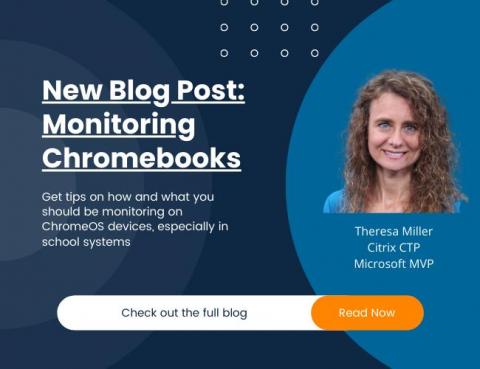Operations | Monitoring | ITSM | DevOps | Cloud
Education
What Is Transcreation and How It Can Be Used in Educational Content Translation
Do you want to study abroad? Here's Why You Should Practice Your English
Mobile Learning: How it Transforms The Modern Classroom and Training
Mobile learning consists of learning on the go, via your smartphone or tablet. In a business setting, mobile learning offers the possibility for employees to follow their training wherever they are, with online courses and other content being accessible at all times. This learning method is available on many learning management system (LMS) platforms but, as we will see later, it is necessary to be vigilant in the choice of the latter because mobile learning comes with some technical constraints.
SEO for eLearning: Why Is SEO Important And Benefits for Startups?
The Case for IT Remote Support in Education Institutions
A few years ago, the school’s technical support could still cope with its tasks. Help with technology in the classroom, maintenance of educational platforms, statistics, accounting – all these were difficult, but it was still possible to handle a few people and the IT department of the school. But the pandemic has shown how educational institutions, from elementary schools to universities and academies, need more time to be ready for large-scale work in the digital space.
Educational institutions: To patch or not to patch?
The second decade of the 21st century witnessed an unprecedented paradigm shift in the educational sphere. With the onset of the pandemic, conventional ideas of an educational institution gave way to a far modernized and on-the-go approach. Joining class and listening to teachers’ lectures on Zoom or through Microsoft Teams is now the new norm.
3 Reasons Why Working Professionals Should Enrol in Online Education
Education Asset Tracking & Management Software || Asset Infinity
Monitoring your Chromebooks School System Edition
Major vendors have been doubling down on their investment in Chromebooks, and that effort has paid off — they’ve consistently seen strong returns thanks to the platform’s wide adoption globally.










